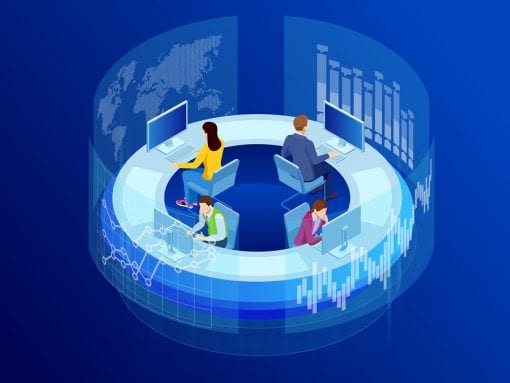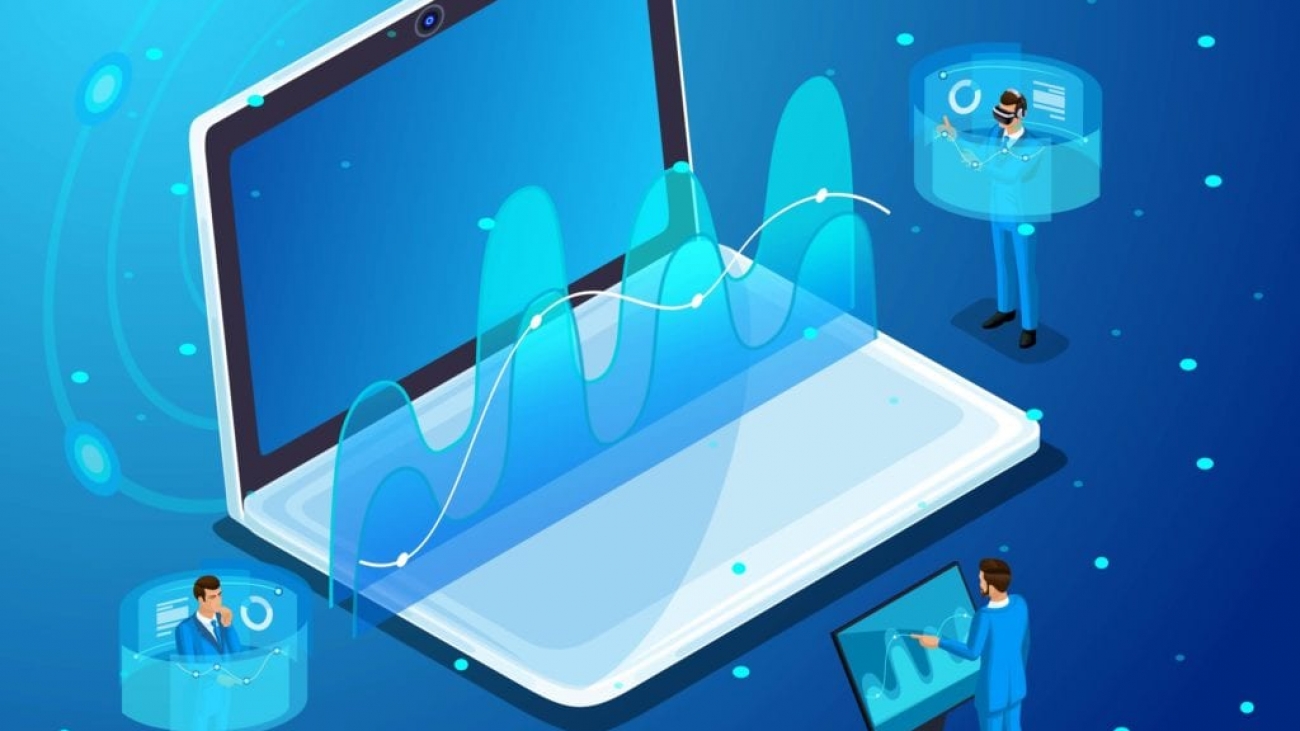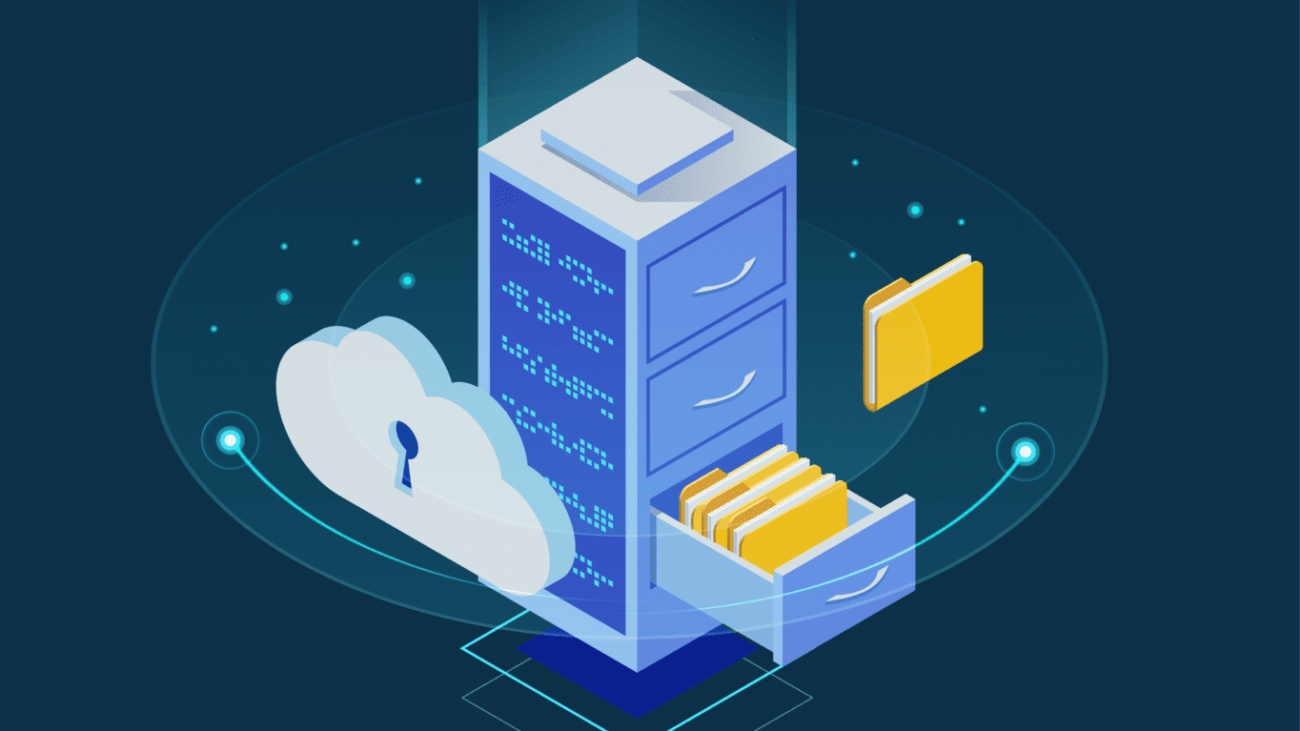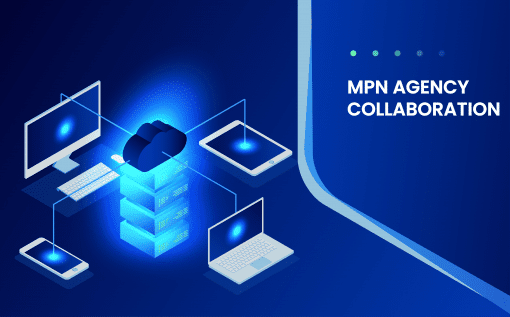Strategic Intelligence and the 2019 National Intelligence Strategy
Recently, the Office of the Director of National Intelligence released their 2019 National Intelligence Strategy. The Director of National Intelligence, Daniel R. Coats, stated in his introduction, the purpose of this strategy boils down to a singular goal: “to ultimately keep our Nation safe.” The Intelligence Community (IC) is therefore charged with venturing out into the known and unknown, the safe and dangerous, to collect and analyze the “capabilities, activities, and intentions of states and non-state entities” with the ultimate goal of protecting U.S. national security. This information is used to identify trends and developments to better plan for issues that may arise in the future (Anticipatory Intelligence).
Without the information gathered IC, the safety of our country would quickly erode, falter, and crumble. It behooves the IC, then, to use whatever tools and solutions they can find to give them a competitive advantage in the global arena of information. Fognigma is such an advantage.
Where Does the IC Look?
Since all communication and online activity produces information, the IC has a vast landscape of information to scrutinize. One of the easiest ways to gather data about a group of people is to monitor and study social media. Ah, social media – those freeform beds of communication where people express their thoughts, wants, and observations, quite often with photos and video. Social media has created a culture wherein people feel the need to share everything. For the IC, this is a veritable feast of information.

But it’s not that easy. For one thing, many regions and countries have their own social media platforms — often so government agencies can monitor their populace. An outside observer probably won’t be able (or want) to create an account or access another country’s social media — the data collection would be too overt and state-based social media platforms often block outside IP addresses. It would look bad (read: suspect), for example, for an account on a Russian social media site to have a U.S.-based IP address. Fognigma gives the IC many advantages to circumnavigate these issues. How? Well…
Fognigma Gives the IC an Advantage
There are quite a number of ways Fognigma supports the IC’s mission as spelled out in the 2019 National Intelligence Strategy. But first, a quick Fognigma primer. Fognigma is patented enterprise software that gives agencies the ability to create invisible and encrypted cloud-based networks built from strategically leased virtual machines. These networks are dynamically scalable and globally accessible from any desktop or mobile device, over any available public Internet connection. Once users connect to their Fognigma network, they have access to all sorts of communication and collaboration components, such as file share, telephony, video conferencing, chat messaging, and Virtual Desktops (VDI). [We’ll delve into these components more in just a bit.]

Inside the Fognigma network, users exist in a safe space wrapped in cascading AES-256 encryption. They have access (based on their admin-defined permissions, of course) to the communication tools mentioned above. Fognigma networks and components are activated and destroyed with just a few mouse clicks. They are as persistent or temporary as needed or desired. And when a user leaves their Fognigma network and reaches out to the regular Internet, their IP address will match the specially created exit point from which they egress. That is, a user could join their network in Germany, leave through an exit point in the Middle East and appear (to anyone looking) to be a computer in the Middle East. Then, in an instant, switch exit points and suddenly appear to be a computer in Japan or anywhere else the Agency has set up an exit point.
Fognigma Gives the IC Another Advantage
VDI. The ability to launch a self-contained virtual computer from any standard computer is powerful in itself, but Fognigma VDIs have even more superpowers. Just like Fognigma exit points, VDIs are built on any cloud service provider (CSP) Fognigma is integrated with (as of this writing, 8 of the major CSPs world-wide). Also, just like a user can dynamically switch exit points, so can the end points of a VDI be switched without interrupting operations.

VDIs are important to the IC’s Strategic Intelligence mission because they are self-contained entities which exist in the cloud yet manifest themselves on any regular computer. They make OSINT activities easier — agents can research any global Internet location (those aforementioned state-specific social media sites, blogs, forums, etc.) without the risk of compromising anything else about their mission or agency.
Fognigma VDIs take the self-contained nature of VDIs to the next level. Imagine if you collected some photographs and had them on a thumb drive. You want to transfer one of them to your VDI and use it in your operations. With a Fognigma VDI, you can just drag it from the thumb drive to the VDI, without the host computer knowing the file moved across its circuits. So, if you had to make this transfer at, say, an Internet Café, you could do so without the Café’s computer ever having a record of the file transfer. No record equals no association which, of course, is key to covert IC operations.
To go back to the 2019 National Intelligence Strategy, more information allows the IC to better analyze the capabilities and activities of states and non-state entities to learn or extrapolate their intentions. But collecting information is just part of the Strategy; agents also need to safely disseminate said information. Fognigma is ready for that, too.
Fognigma Give the IC Even More Advantages
Briefly mentioned earlier, Fognigma hides various communication and collaboration components inside its encrypted web of invisibility. Agents have access to telephony, chat, and video conferencing tools. They can safely communicate with anyone they need to inside their organization and, using some additional Fognigma solutions, external to their organization — all without exposing their local network. Fognigma keeps intra- and inter-agency communications secure by utilizing containerized communication environments.
Also, to be effective, agents must work together while appearing to be physically separated. This is the other side of the communications coin — Fognigma’s tools allow agents to work together without actually knowing where each other is located. In fact, the whole construction of Fognigma ensures that a failure at one point of contact cannot compromise the entire system. As history shows, association amongst agents can lead to disaster. When an agency uses Fognigma to its full potential, this sort of disaster can be prevented.
Conclusions
In order to advance the directives of the 2019 National Intelligence Strategy, the IC needs to be free to gather information without exposing its true location and intent. It also must be able to communicate in a protected environment to analyze and evaluate said information. Fognigma provides a full toolbox of solutions to assist the IC in its mission to protect U.S. national security.
To learn more about how Fognigma can assist your agency or to schedule a demo and see for yourself, contact Dexter Edward today.

 Security is a lot more than having password-protected online security. Secure networks provide confidentiality, zero-trust solutions between service providers, and uninterrupted business operations. This is a valuable thing to have in today’s virtual landscape. Many would be surprised how often a business or big company gets hacked. When confidential information or data is accessed, there are a ton of negative things that can happen to an entire infrastructure.
Many do not want just firewalls or antivirus software; most will need more than that. They can protect users on the surface. Fognigma can help set up extra network security services like regular audits, layered defenses, online updates, and more solutions. With these extra layers of cyber security, one can feel confident that a business will be well protected.
Security is a lot more than having password-protected online security. Secure networks provide confidentiality, zero-trust solutions between service providers, and uninterrupted business operations. This is a valuable thing to have in today’s virtual landscape. Many would be surprised how often a business or big company gets hacked. When confidential information or data is accessed, there are a ton of negative things that can happen to an entire infrastructure.
Many do not want just firewalls or antivirus software; most will need more than that. They can protect users on the surface. Fognigma can help set up extra network security services like regular audits, layered defenses, online updates, and more solutions. With these extra layers of cyber security, one can feel confident that a business will be well protected.
 Another great step in ensuring a network is secure is identifying unknown devices within a provider or system. One would be surprised how often customers need to learn what goes on within their network. These types of users can access, pose a significant risk, and even be a backdoor for hackers to access the information through a checkpoint. So, make sure regular checkups are happening to ensure a zero-trust network is secure.
Another great step in ensuring a network is secure is identifying unknown devices within a provider or system. One would be surprised how often customers need to learn what goes on within their network. These types of users can access, pose a significant risk, and even be a backdoor for hackers to access the information through a checkpoint. So, make sure regular checkups are happening to ensure a zero-trust network is secure. Another thing one can look out for is vulnerabilities. Any sort of new threats can creep into a zero-trust network through these vulnerabilities, and it is crucial to get rid of them so that there are not any repercussions. Sometimes, these threats are beyond control, which can be worrisome. That is why it is a good idea to trust the professionals at Fognigma to monitor these vulnerabilities through the network traffic.
One will want to have real-time monitoring so that one can detect breaches early on before they cause any damage. Without help from people like us, a business’s data and end users are open to attack. Make sure to discuss how to protect service and technology before it is too late.
Another thing one can look out for is vulnerabilities. Any sort of new threats can creep into a zero-trust network through these vulnerabilities, and it is crucial to get rid of them so that there are not any repercussions. Sometimes, these threats are beyond control, which can be worrisome. That is why it is a good idea to trust the professionals at Fognigma to monitor these vulnerabilities through the network traffic.
One will want to have real-time monitoring so that one can detect breaches early on before they cause any damage. Without help from people like us, a business’s data and end users are open to attack. Make sure to discuss how to protect service and technology before it is too late.
 A password-protected internet sometimes cuts it. One will want to use things like WPA or WPA2 to enhance a network’s encryption for better overall zero-trust network security solutions. Also, a good networking tip is avoiding default network names or passwords. There are so many different people in the world who keep their passwords the same and simple. This is a sure way for hackers to get personal information and would require more in-depth network security solutions.
The last thing most people want to do is have a person hack a firm’s data primarily because a password is too easy to guess. People often use different characters in their passwords as well as punctuation marks and numbers, so it takes more work to get secure access.
A password-protected internet sometimes cuts it. One will want to use things like WPA or WPA2 to enhance a network’s encryption for better overall zero-trust network security solutions. Also, a good networking tip is avoiding default network names or passwords. There are so many different people in the world who keep their passwords the same and simple. This is a sure way for hackers to get personal information and would require more in-depth network security solutions.
The last thing most people want to do is have a person hack a firm’s data primarily because a password is too easy to guess. People often use different characters in their passwords as well as punctuation marks and numbers, so it takes more work to get secure access.
 There are always the common phishing emails or links that tend to be sent to employees company-wide. It is important to prepare the staff not to click strange links or open attachments from unknown senders. This is a sure way to have phishing attempts compromise an entire zero-trust network.
Phishing attacks like this are one of the most common methods hackers use to gain access to a business and users’ data.
There are always the common phishing emails or links that tend to be sent to employees company-wide. It is important to prepare the staff not to click strange links or open attachments from unknown senders. This is a sure way to have phishing attempts compromise an entire zero-trust network.
Phishing attacks like this are one of the most common methods hackers use to gain access to a business and users’ data.
 Data breaches can happen any day, and the best thing to do is ensure a company knows data loss prevention strategies. If cyber security attacks are not taken seriously, most can face external threats affecting email security, access to sensitive information, and potentially an entire zero-trust network infrastructure.
Fognigma is one of the best zero-trust solution providers and is more than knowledgeable on how to attack surfaces and malicious activity. Sensitive data will stay confidential and away from data theft or other threats. Customers sometimes need help figuring out what to do when faced with brute-force attacks, but Fognigma does.
Data breaches can happen any day, and the best thing to do is ensure a company knows data loss prevention strategies. If cyber security attacks are not taken seriously, most can face external threats affecting email security, access to sensitive information, and potentially an entire zero-trust network infrastructure.
Fognigma is one of the best zero-trust solution providers and is more than knowledgeable on how to attack surfaces and malicious activity. Sensitive data will stay confidential and away from data theft or other threats. Customers sometimes need help figuring out what to do when faced with brute-force attacks, but Fognigma does.













 Artificial Intelligence
Artificial Intelligence 






